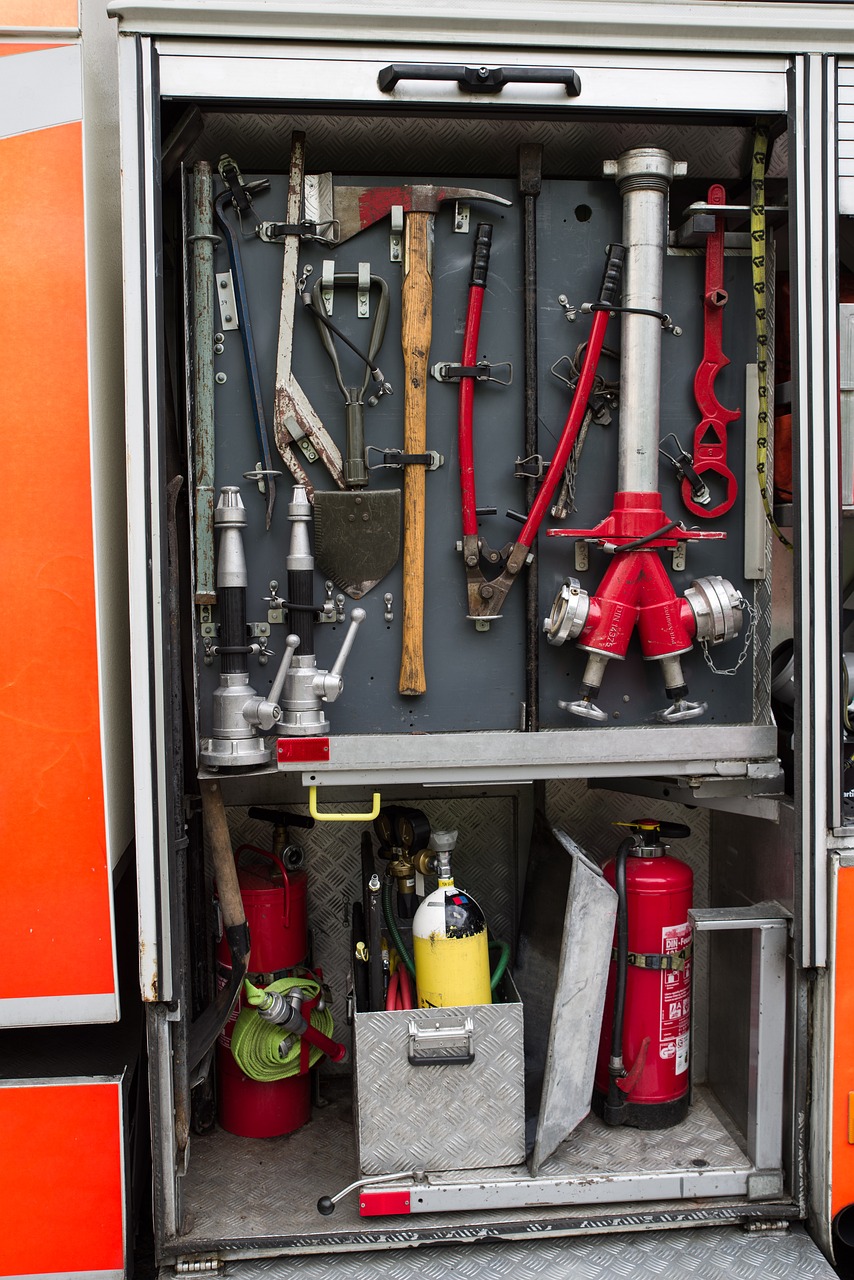Importance cannot be overstated when it comes to the Self-Contained Breathing Apparatus (SCBA) in a firefighter’s arsenal. SCBA is a critical piece of equipment that allows firefighters to operate in hazardous environments, providing them with clean, breathable air independent of their surroundings. In this blog post, we will explore the vital role that SCBA plays in ensuring the safety and effectiveness of firefighters during emergency response situations.
Understanding SCBA
The Technology Behind Self-Contained Breathing Apparatus
Before delving into the importance of SCBA in firefighter equipment, it’s crucial to understand the technology behind these vital devices. SCBA units are designed to provide firefighters with a portable air supply in hazardous environments where the air quality is compromised. These devices consist of a facepiece, high-pressure cylinder, regulator, and harness system, all working together to deliver clean, breathable air to the wearer.
Types of SCBA Systems
Understanding the different types of SCBA systems is important for ensuring the safety and effectiveness of firefighters in the field. There are two main types of SCBA systems: open-circuit and closed-circuit. Open-circuit systems release exhaled air into the environment, while closed-circuit systems recirculate exhaled air after removing carbon dioxide. This distinction plays a significant role in determining the level of protection and duration of use for each type of system.
| Open-Circuit SCBA | Closed-Circuit SCBA |
| Exhales air into the environment | Recirculates exhaled air |
| Used for shorter durations | Allows for longer use |
| Common in firefighting | Used in specific industrial settings |
| Requires more frequent cylinder changes | Conserves air supply |
Operational Preparedness
Inspection and Maintenance Protocols
To ensure the reliability of SCBA equipment, it is crucial for firefighters to adhere to strict inspection and maintenance protocols. Regular checks should be conducted to assess the condition of each component, including the facepiece, regulator, and air cylinder. Any signs of wear or damage must be addressed promptly to prevent equipment failure during crucial operations.
Training and Drills for SCBA Proficiency
Preparedness is key when it comes to using SCBA effectively in firefighting scenarios. Proper training and drills are crucial to ensure that firefighters are proficient in donning, doffing, and operating the equipment in high-stress situations. Regular practice sessions can help improve muscle memory and quicken response times during emergencies.
Drills should simulate real-life scenarios, such as navigating through confined spaces or conducting rescue missions in smoke-filled environments. These exercises not only enhance operational efficiency but also instill confidence in firefighters, enabling them to perform effectively when lives are on the line.
SCBA Safety and Regulations
NFPA Standards
Now, let’s examine into the National Fire Protection Association (NFPA) Standards that govern the design, maintenance, and use of Self-Contained Breathing Apparatus (SCBA) in firefighting. These standards are crucial in ensuring the reliability and safety of SCBA equipment for firefighters in the line of duty.
Compliance and Best Practices in SCBA Use
SCBA compliance and best practices are key factors in ensuring the effectiveness of the equipment during firefighting operations. Adhering to manufacturer guidelines, conducting regular equipment inspections, and providing proper training to firefighters on SCBA use are necessary elements to ensure optimal performance and safety.
A well-maintained SCBA should undergo routine inspection, testing, and maintenance to ensure it is in proper working condition. Fire departments must also establish clear protocols and training programs to ensure that firefighters are well-versed in SCBA operation and safety procedures. Regular drills and exercises can help reinforce compliance with best practices and enhance the overall readiness of firefighters in using SCBA effectively in emergency situations.
Innovations and Future Trends
Advances in SCBA Equipment
All fire departments constantly strive to enhance the safety and efficiency of their firefighters, and this drive has led to remarkable advancements in Self-Contained Breathing Apparatus (SCBA) equipment. New generation SCBA units are now lighter, more comfortable, and offer enhanced features such as improved heads-up displays, integrated communications systems, and longer-lasting batteries. These advancements not only provide better protection for firefighters but also contribute to increased performance and effectiveness in firefighting operations.
The Future of Respiratory Protection in Firefighting
The future of respiratory protection in firefighting looks promising with ongoing research and development efforts focusing on creating even more advanced and intuitive SCBA technologies. Imagine SCBA units equipped with real-time health monitoring sensors, personalized fit adjustments, and improved voice command communication systems. These innovations are set to revolutionize how firefighters tackle hazardous environments, providing them with the tools they need to stay safe and be more efficient in their crucial role.
For instance, advancements in material science may lead to the development of lighter yet stronger SCBA components, increasing mobility without compromising durability. Additionally, the integration of artificial intelligence and augmented reality in SCBA systems could provide firefighters with vital information and guidance during emergency situations, offering them a higher level of situational awareness and decision-making support in the field.
Final Words
Summing up, the SCBA is an necessary component of a firefighter’s equipment, ensuring their safety and efficiency in tackling fires. Regular maintenance and proper training are crucial to ensure that the breathing apparatus is ready for use when needed. Firefighters must always prioritize checking their SCBA before entering any potentially hazardous environments. By understanding the importance of this life-saving equipment, firefighters can confidently carry out their duties knowing they are well-equipped to face any challenges that come their way.

